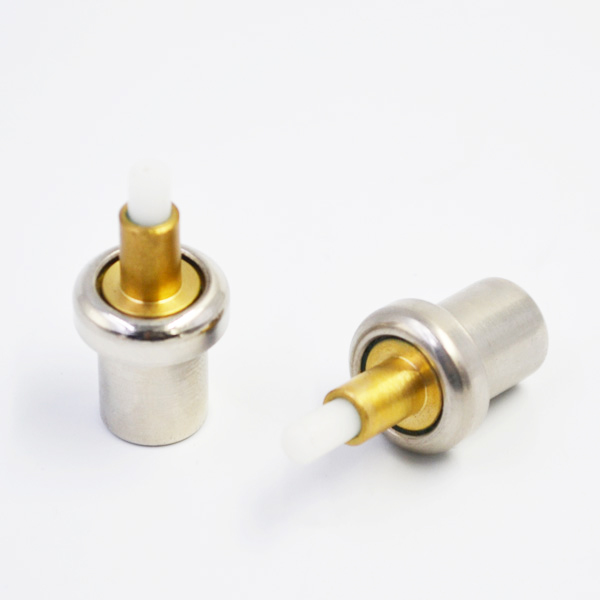In recent years, the regulation power of reactive power compensation in power grid has become more and more demanding, especially in the low period, the demand for inductive reactive power is larger. Through the comparison of power flow simulation calculation, this paper demonstrates that adding UPFC in intelligent substation can improve the system voltage stability margin and effectively improve the transmission capacity of the channel.

Unified Power Flow Controller (UPFC) can adjust three important parameters affecting power flow in real time: voltage, phase angle and impedance to compensate reactive power and optimize power system. By comparing the data of simulation calculation of N-1 fault power flow with UPFC and without UPFC, thermostatic element this paper discusses the control application of UPFC in power grid.

UPFC consists of two parts: parallel converter and series converter. Converter 1 is connected to the system through parallel transformer and converter 2 is connected to the system through series transformer.
This “back-to-back” connection method makes the active power between the two converters flow bidirectionally, and can emit or absorb the reactive power of the AC system.
It is this structure that determines the functions of parallel and series compensation. PI control divides UPFC into internal control and external control in function, in which the internal control part is responsible for issuing trigger signals of inverters, and the external control part is responsible for issuing signals of series injection voltage and parallel extraction current.
The idea of UPFC control in this paper is divided into two parts: system level control and converter control. Taking a district power grid as an example, there are three routes between BUS1 and BUS2.

Because the length of line A is about 11 km, while the length of the other two lines is about 7 km, the impedance of the three lines is different and the power flow distribution of the lines is uneven. From the following power flow chart, it can be seen that when line A reaches the quota of 310MW after the fault of line 3, line B only conveys 262MW of power flow (considering the dynamic capacity increase of overhead lines, the transmission capacity reaches the quota of 310MW of cable segment). Therefore, the actual transmission capacity of line N-1 of this channel is about 570MW.
From the above power flow, it can be seen that the impedance distribution of BUS1-BUS2 three loops runs side by side and is uneven.
Therefore, UPFC installed on line A is considered to compensate the impedance, so as to realize the reasonable distribution of power flow and improve the transmission capacity of the tie-in channel. Considering that the maximum transmission capacity of 310MW of each line on the channel can be fully utilized, the load of BUS1-BUS2 channel is set to about 620MW for power flow calculation. From the calculation results, it can be seen that after UPFC is installed in the power system, the N-1 fault transmission capacity of BUS1-BUS2 lines can be increased from 570 MW after dynamic capacitation to 620 MW. By comparing the fault power flow calculation of N-1 transmission line with UPFC and without UPFC, it is found that the dynamic capacity of N-1 transmission line can be greatly improved after UPFC is installed in power system.
In addition, UPFC provides dynamic reactive power support to improve the system voltage stability margin and alleviate the problem of inductive static reactive power shortage.
This paper proves that UPFC has a wide range of practicability in engineering through a specific case study.
